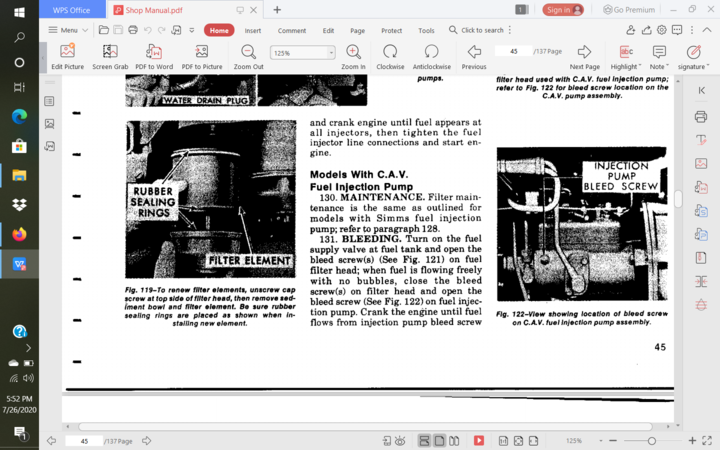Hardwood62
Member
Hoping someone here might have had this happen and figured out the solution ... I seem to have plenty of pressure when I open the relief valve on the fuel pump and turn it over, but when I disconnect the lines from the injectors it will not pump fuel out of the lines - If I pull it I can get the fuel to come out but it takes a good 50-100 yard run?? Hook them back up and it starts ... the next day it has to be done all over again. When it is running throttle response seems normal, I have made sure all lines are tight. This tractor always started like a dream so am baffled as to what happened, it ran perfect last fall??
Any ideas would be greatly appreciated!
Any ideas would be greatly appreciated!











